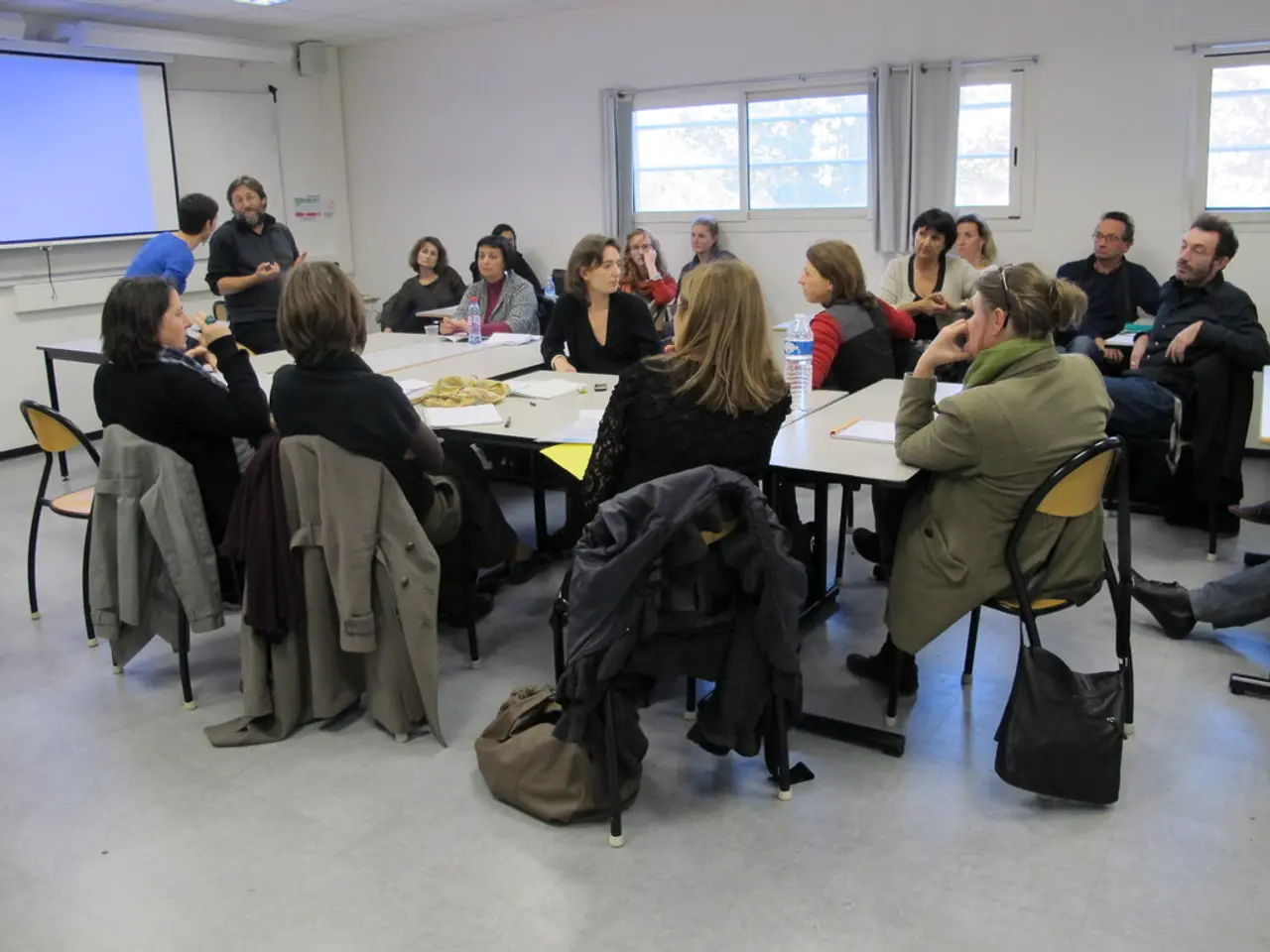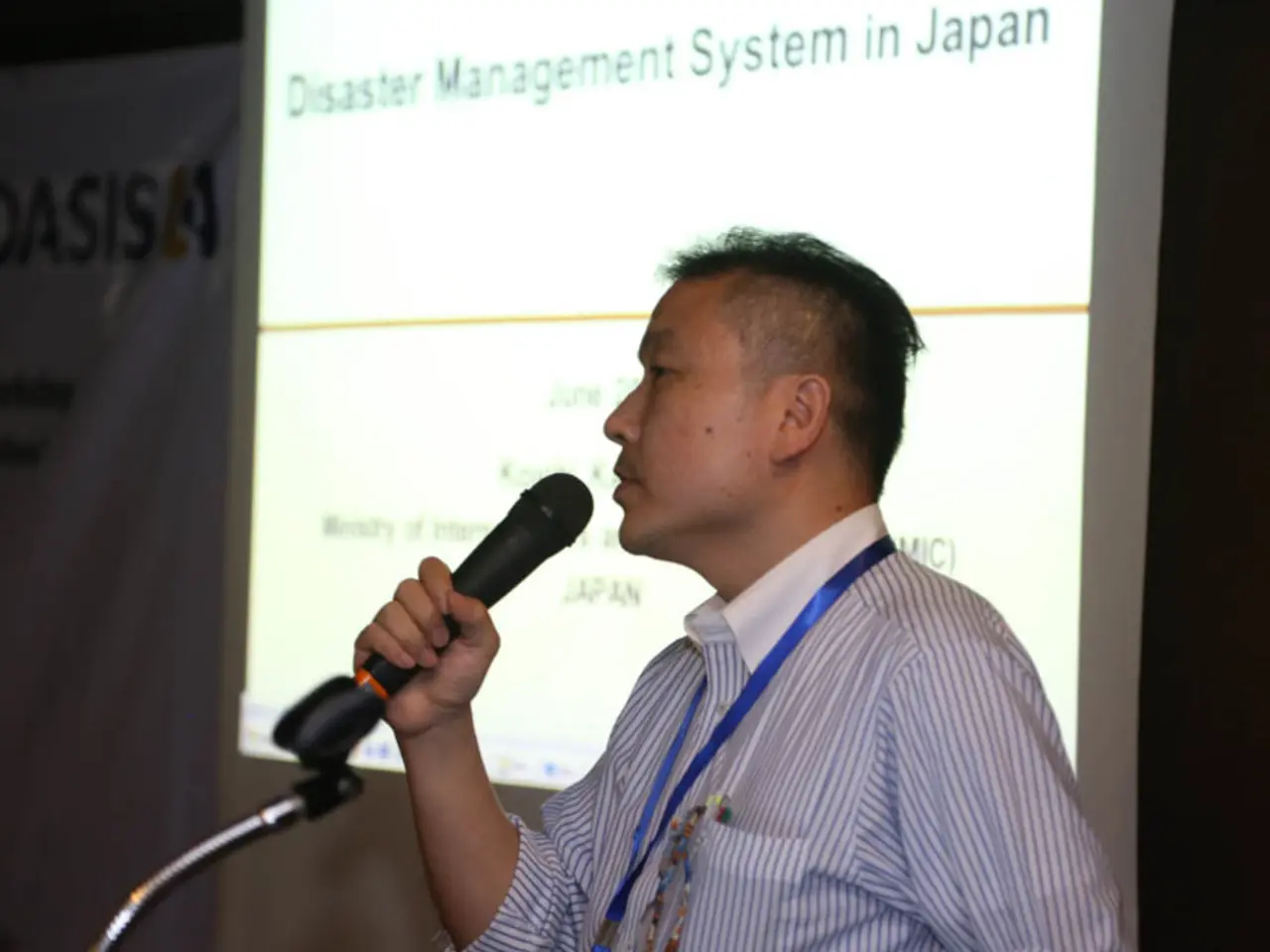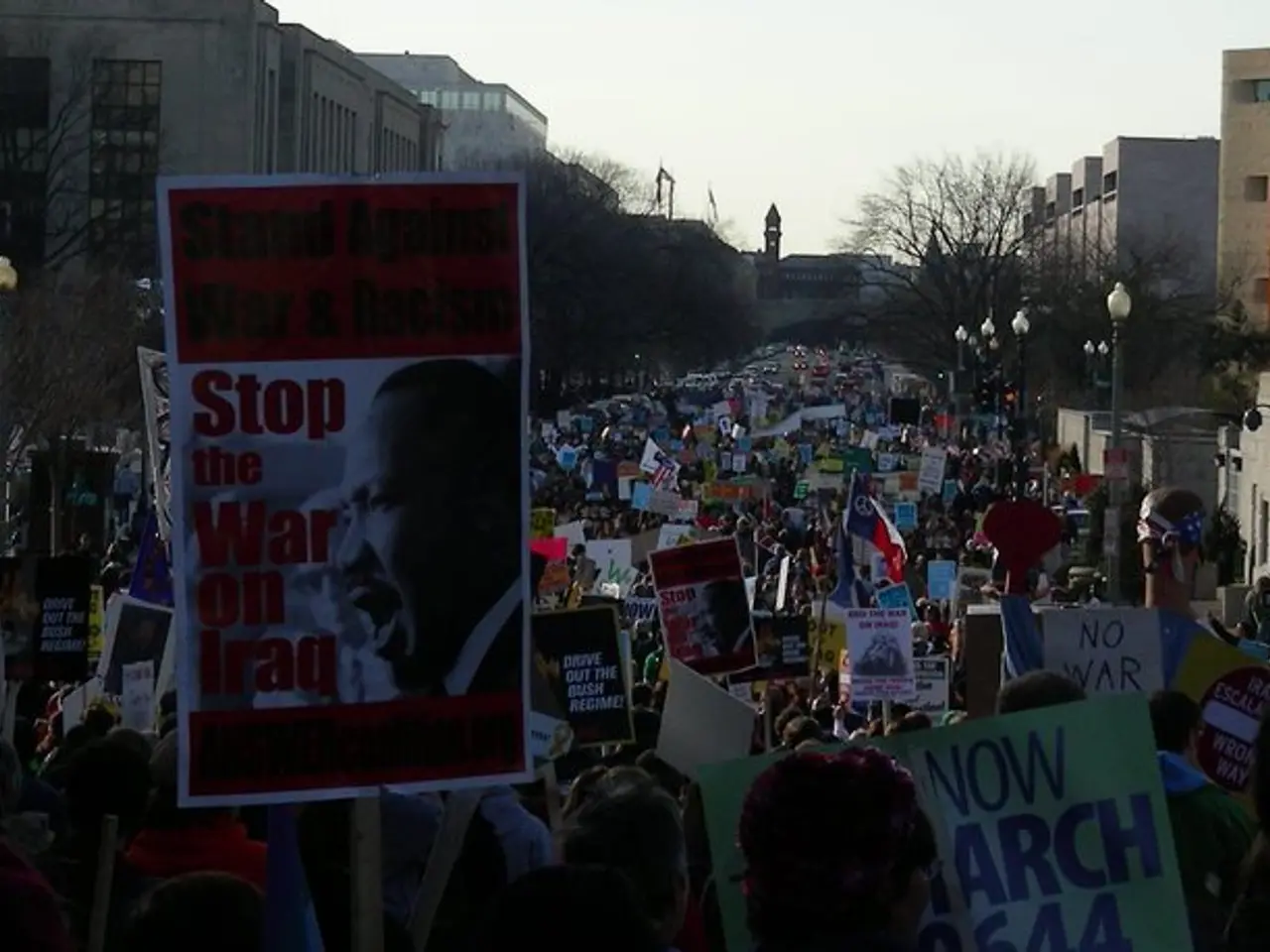Discussion between Putin and Trump revolves around Ukraine's matters, determining their respective agendas.
The upcoming meeting between Russian President Vladimir Putin and US President Donald Trump on August 15 in Alaska is shaping up to be a significant event in the ongoing conflict in Ukraine. The primary focus of the negotiations is to end the conflict through a ceasefire and potential peace deal.
President Trump's main objective is to secure a durable ceasefire to halt the ongoing bloodshed and lay the groundwork for a broader settlement. He aims to press for Russian commitment to de-escalate the conflict in the coming weeks and use diplomatic leverage to encourage Putin to negotiate a deal acceptable to Ukraine, ideally limiting further territorial changes. Trump may also seek to pressure Ukraine to accept some concessions or a frozen conflict line, but within terms he can enforce.
On the other hand, President Putin's objectives include gaining international legitimacy and recognition by engaging directly with Trump on US soil. He aims to avoid making substantial territorial concessions or agreeing to an immediate ceasefire that would halt Russia’s military advances. Putin also seeks to use the summit to strengthen his negotiating position without appearing to concede, aiming for political and diplomatic gains. He may possibly seek a deal that freezes territorial control lines to cement Russian gains to date.
The high stakes for transatlantic security are evident, as Ukraine's leadership was excluded from the talks, raising fears of a deal that might sacrifice Ukrainian territorial sovereignty without their input. Trump's actual leverage over Putin is limited by Russia’s battlefield gains and the failure of sanctions to change Putin’s behavior, but Putin still needs U.S. engagement to achieve certain war aims, which gives Trump some negotiation power.
For President Trump, a significant step toward peace in Ukraine would be of personal and reputational importance. Russian President Vladimir Putin, however, aims to prevent NATO from expanding further eastward. Trump has stated that he wants a ceasefire in the conflict at the very least, and a long-term solution, at best.
The meeting will take place in Alaska, a state in the northwest of the United States. The Kremlin has confirmed the meeting and has also invited Trump to Russia after the talks in Alaska. The refugee status of Ukrainians in the United States under Trump's administration remains in limbo.
As the date of the meeting approaches, the world watches with bated breath, hoping for a peaceful resolution to the conflict in Ukraine. The outcome of the meeting could have far-reaching implications for transatlantic security and the future of Ukraine.
- The upcoming meeting between President Trump and Putin is not just about ending the conflict in Ukraine; it also serves as an opportunity for President Putin to gain international legitimacy and recognition.
- Despite the limited leverage President Trump has over President Putin, the negotiations Could potentially lead to a peace deal that limits further territorial changes in Ukraine, a key goal for both leaders.






